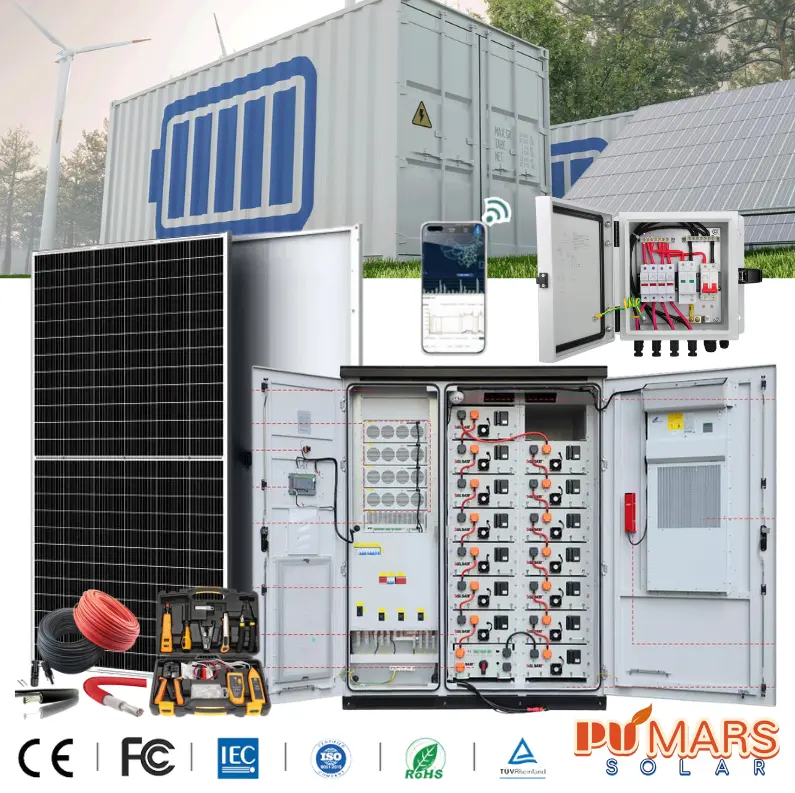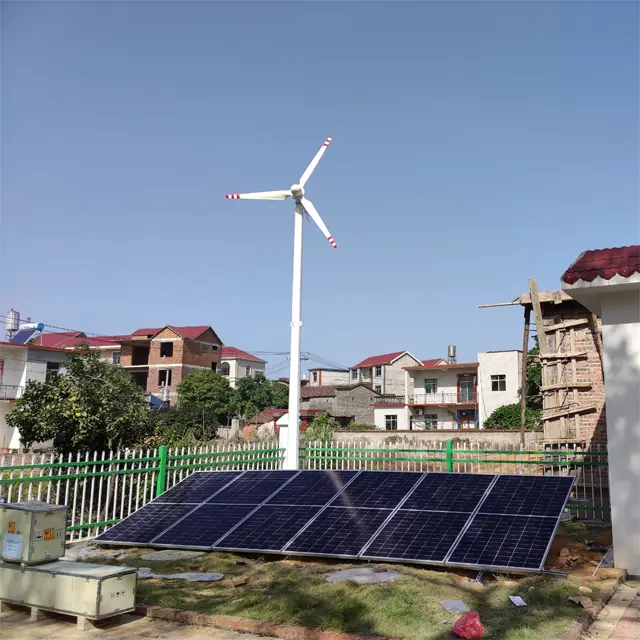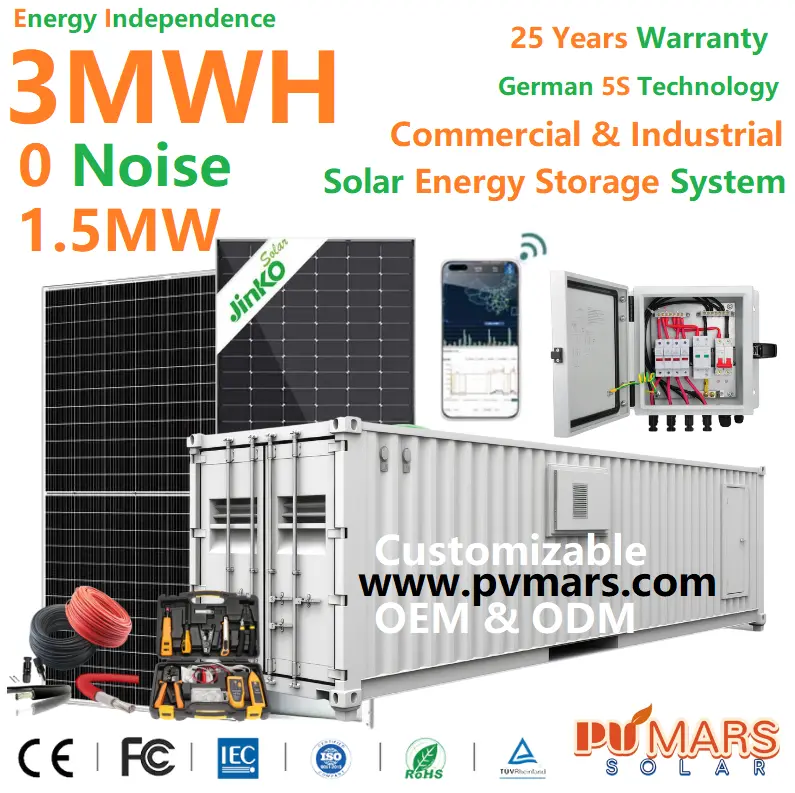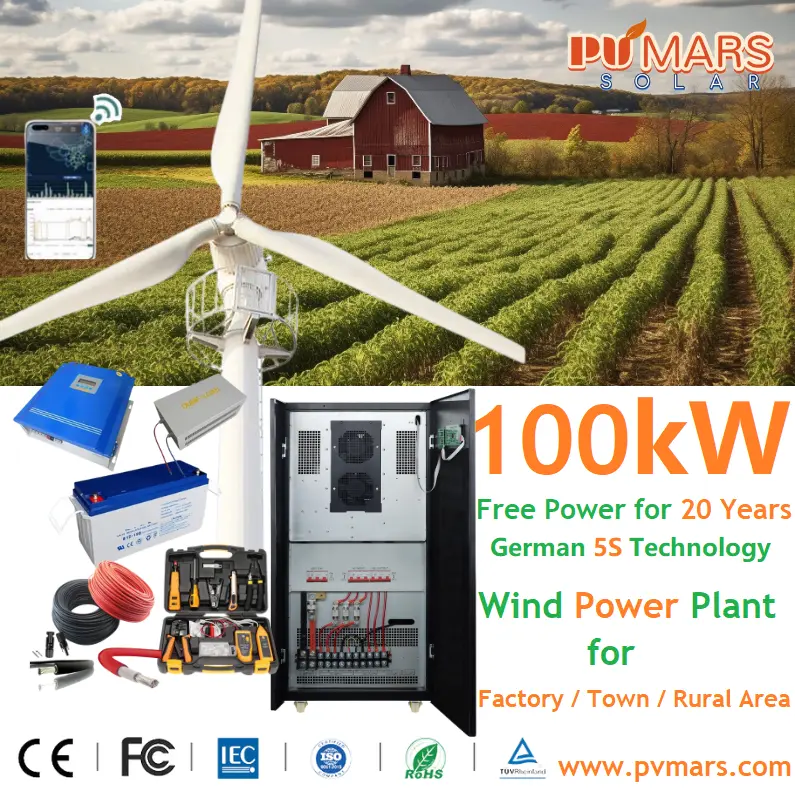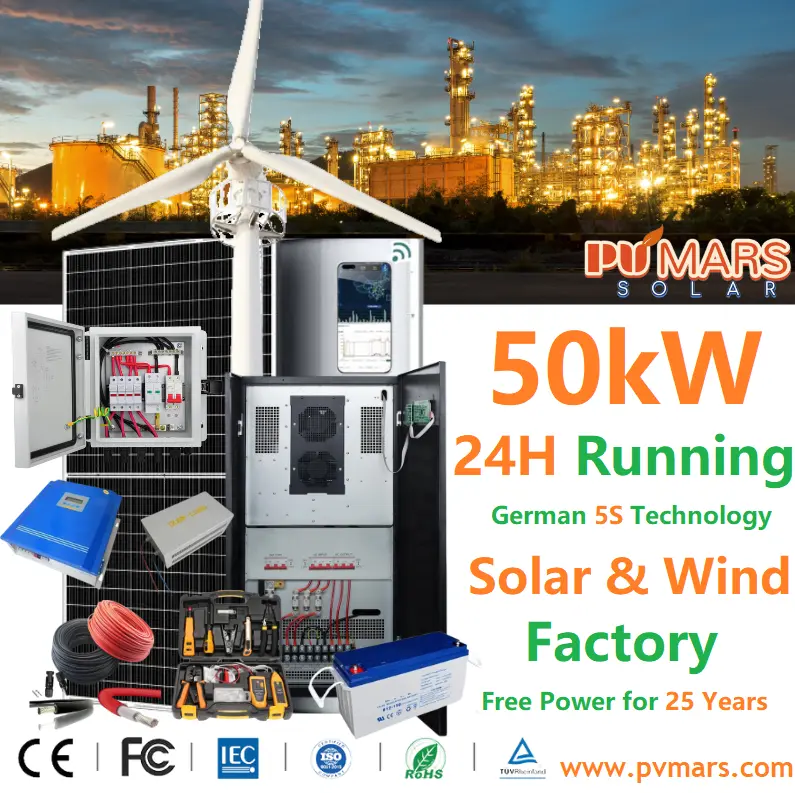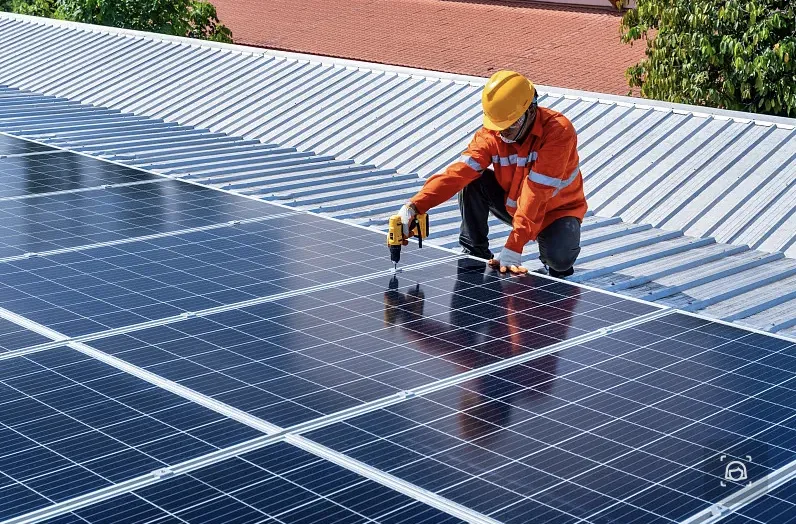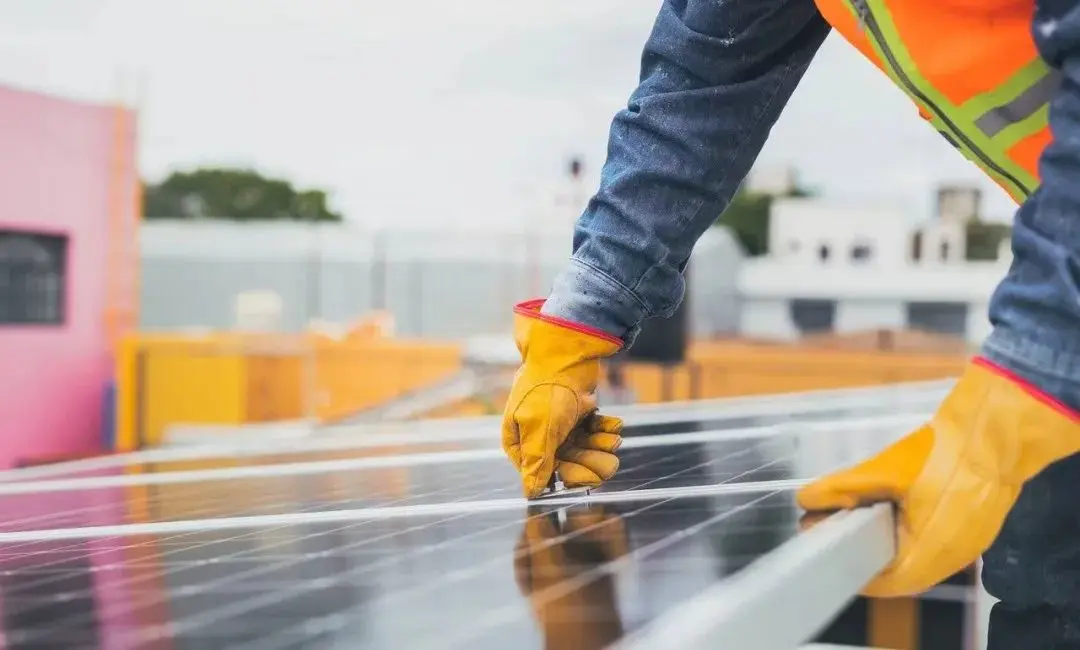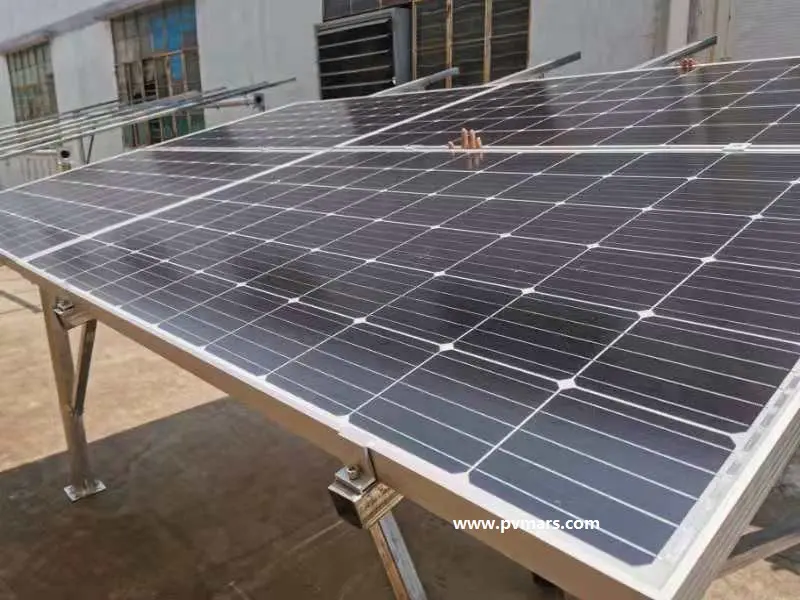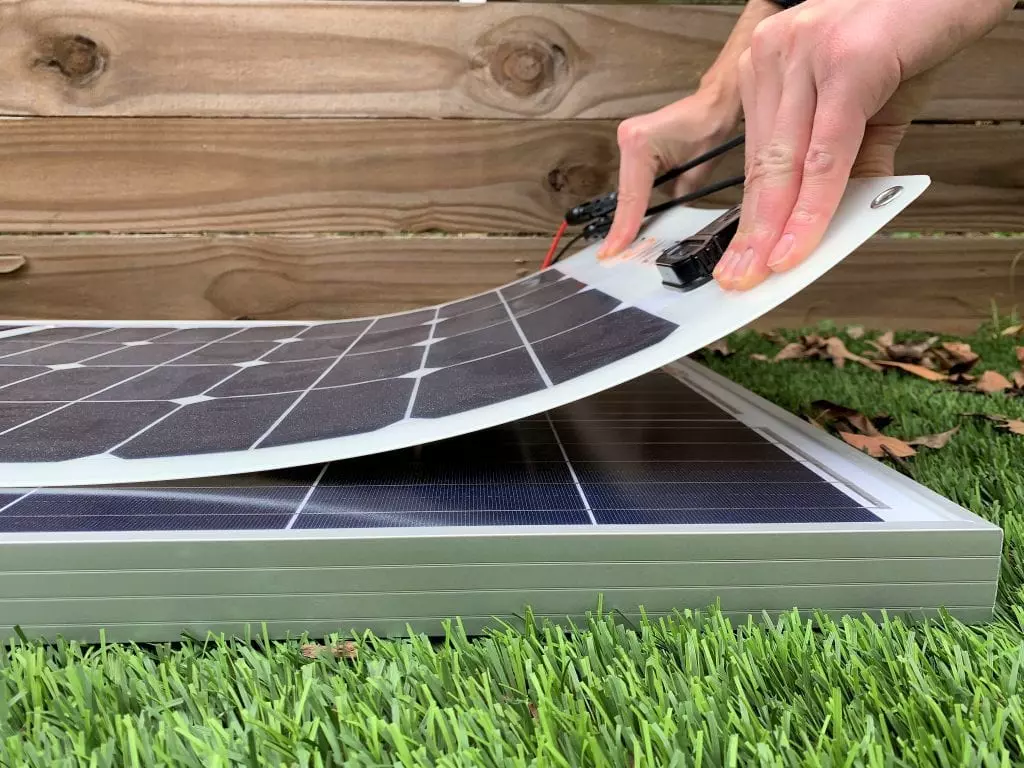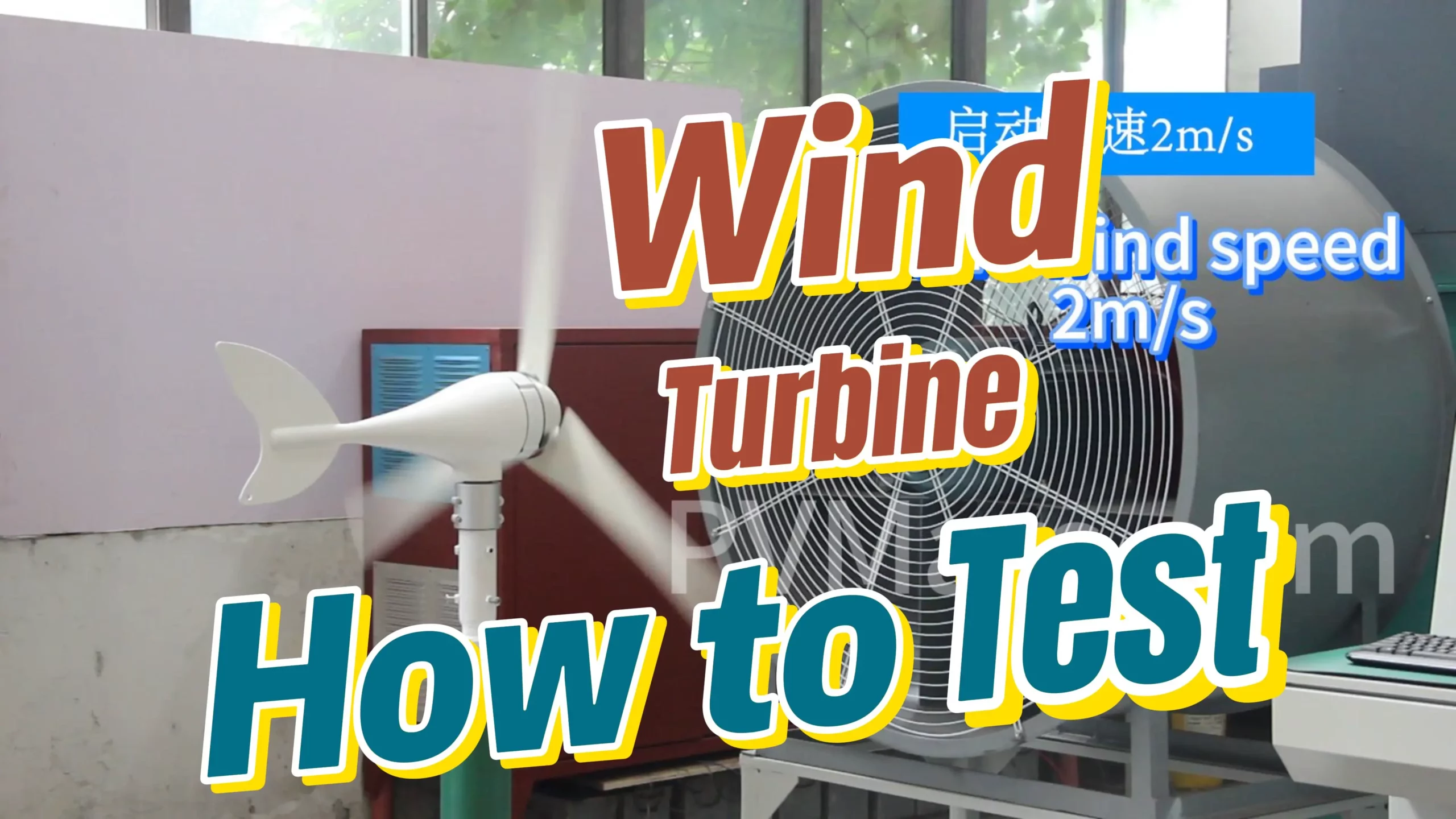Microgrids are small-scale power systems that operate independently or interconnect with the main utility grid.
Microgrids usually comprise distributed energy resources, energy storage equipment, energy management systems, and power electronic equipment.
The aim is to provide renewable energy, increase energy efficiency, and interact with the main grid where necessary.
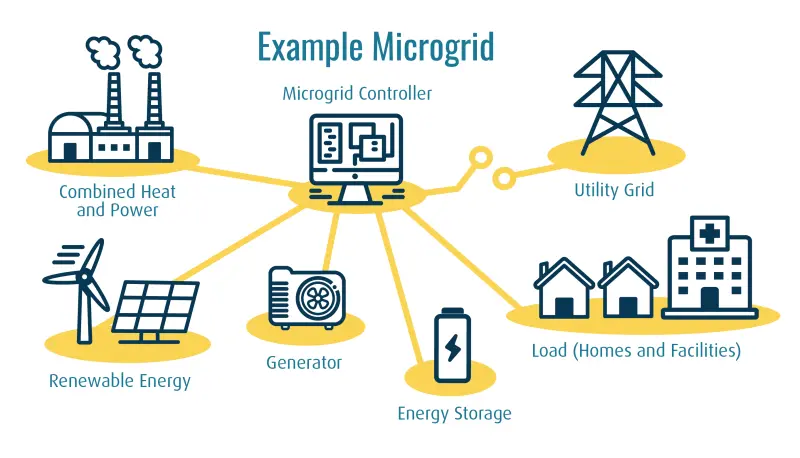
Microgrids can also be called microgrid systems or energy storage systems.
Its development is a major trend in the energy field, improving energy sustainability and reliability.
Also provides an effective solution to achieving clean energy goals and addressing power system challenges.
Key characteristics and components of microgrids
Features:
Distributed energy resources: Microgrids use distributed energy resources, such as renewable photovoltaics, wind energy, small hydropower, etc.
These resources usually exist in geographical distribution and can better adapt to local energy conditions.
PVMars will customize power supply solutions according to your usage scenarios, such as household solar energy, industrial and commercial solar energy wind-solar hybrid systems, etc.
Energy storage equipment: Energy storage systems usually include energy storage systems, such as battery storage, supercapacitors, etc., to provide a stable power supply when renewable energy sources fluctuate or lose power.
Intelligent power electronic equipment: Microgrids use advanced power electronic equipment, such as inverters, converters, etc., to effectively manage distributed energy generation and energy storage systems and achieve efficient power conversion.
Energy Management System: Microgrid systems use energy management systems (EMS) to monitor, control, and coordinate individual components. EMS can adjust the system’s operating status in real-time based on dynamic changes in energy demand and supply.
Autonomous operation or interconnection with the main grid: Microgrids can operate independently or interconnected with the main grid. In stand-alone operating mode, small power plants can provide local power needs, while when connected to the main grid, energy exchange can occur.
Flexibility and reliability: Microgrids focus on flexibility and reliability, and can adapt to a variety of application scenarios, such as residential areas, industrial parks, rural areas, etc., to improve the power system’s robustness.
Renewable energy integration: Microgrids can effectively integrate renewable energy, promote clean energy, reduce dependence on traditional coal-fired and other resources, and reduce carbon emissions.
Emergency backup power: Microgrids can be used as emergency backup power to support key facilities, such as hospitals, emergency communication centers, etc.
Compositional elements:
Distributed energy resources: solar photovoltaic, wind energy, small hydropower, etc.
Energy storage equipment: batteries, supercapacitors, etc. Power equipment such as inverters, converters, etc.
Energy management system (EMS): used to monitor, control, and coordinate the operation of various components within the energy storage system.
Smart grid technology: used to realize microgrid intelligent operation, including smart meters, intelligent switches, etc.
Communication network: used for communication between microgrid systems and the main grid.
Intelligent control algorithm: used to realize intelligent control and optimization of microgrid systems.
Microgrid application areas
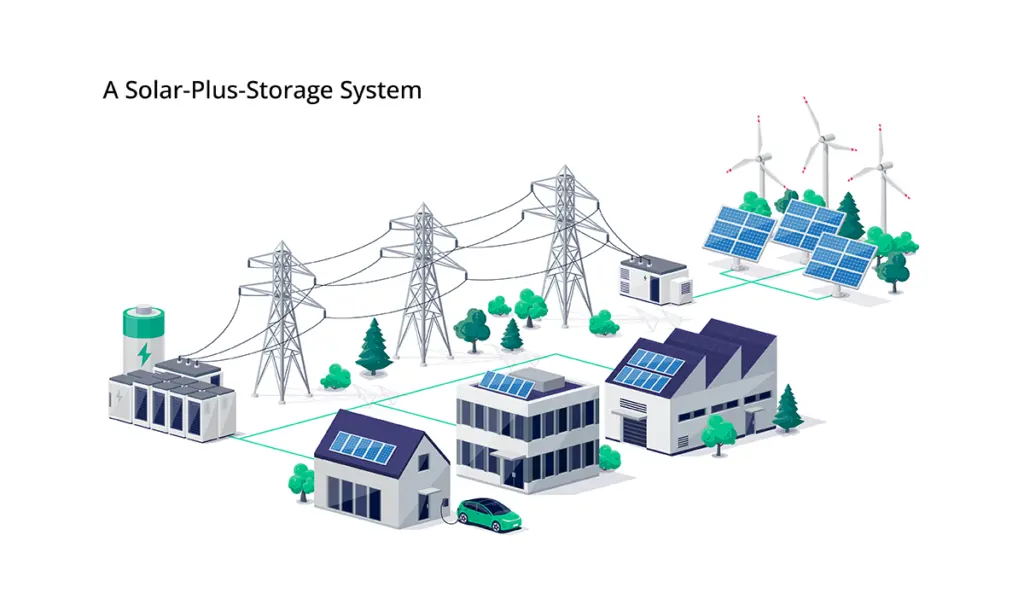
Residential areas and business parks: Energy storage systems can provide reliable, clean power to residential areas and business parks to meet power needs in a small area.
Rural power supply: In remote rural areas, microgrids can become an effective power supply method, integrating renewable energy resources and providing stable power.
Industrial power consumption: Industrial parks can optimize power management through energy storage systems, reduce energy waste, and improve industrial power consumption efficiency.
Emergency power supply: As an emergency backup power supply, microgrids can provide power support for key facilities and ensure the normal operation of medical institutions, communication centers, etc.
Power supply in islands and remote areas: On some isolated islands or remote areas, small power plants build an independently operating power system to provide localized power services.
Renewable energy communities: Microgrids support and improve energy self-sufficiency through shared energy and power storage equipment.
Future microgrid system development trends:
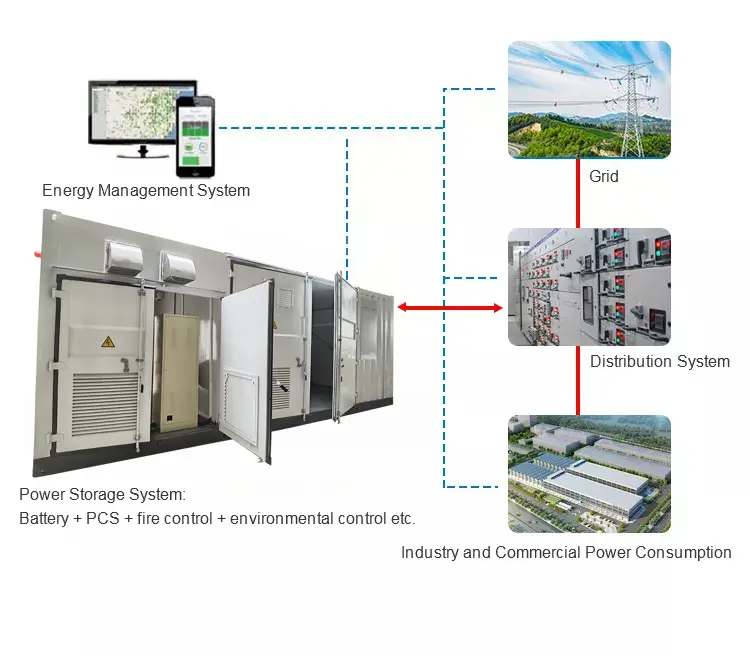
Intelligent and adaptive: In the future, micropower generation systems will be more intelligent and adaptive, realizing automatic optimization and adjustment of the power system through artificial intelligence and advanced control algorithms.
Application of blockchain technology: Blockchain technology is used for energy transactions and smart contracts in microgrids to achieve point-to-point energy sharing and transactions.
Multi-energy joint supply: The energy storage system will not only provide electricity but also integrate multiple energy forms, including heat energy, cold energy, etc., to achieve multi-energy joint supply.
Development of virtual power plants: Microgrids can evolve into virtual power plants, providing flexible dispatch and support to the main grid by integrating distributed energy resources and energy storage equipment.
Electric vehicle charging infrastructure: Energy storage systems support the development of electric vehicle charging infrastructure and improve battery efficiency through intelligent management and scheduling.
Regional energy autonomous body: The concept of a microgrid will be extended to a larger area to form a regional energy autonomous body to realize independent energy management and distribution within the region.
More advanced energy storage technology: With the development of energy storage technology, microgrid systems will more widely use efficient energy storage equipment in the future to improve the reliability and stability of the system.


